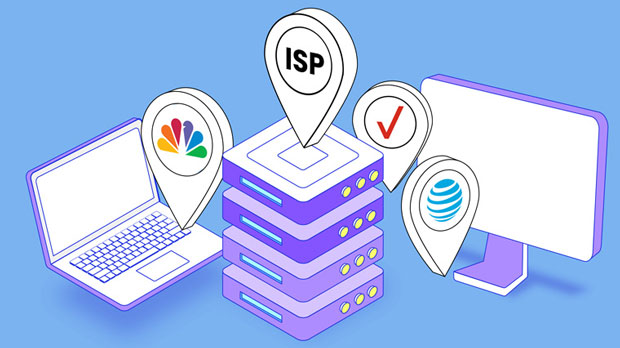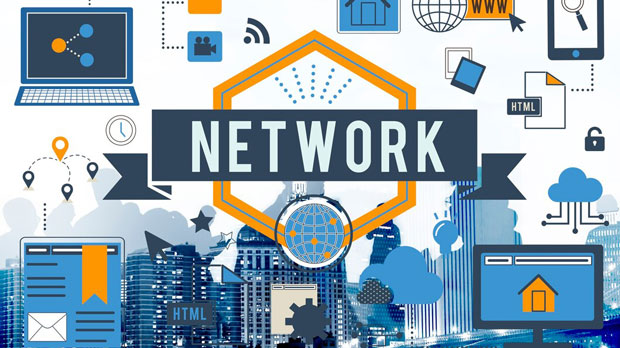When it comes to using proxies, particularly free ones, there are many questions regarding their capabilities, one of the most common being whether free proxies support POST requests. As businesses and individuals turn to proxies for tasks such as web scraping, social media management, and anonymous browsing, it becomes critical to understand how different proxy types handle various HTTP request methods, including POST. POST requests, unlike GET requests, send data to the server, which makes them important for interactions involving form submissions, API calls, and other transactional actions. This article will explore whether free proxies support POST requests, analyze the different types of proxies that handle them, and provide a practical guide on which proxies are most reliable for POST request handling.Understanding POST Requests and ProxiesTo fully grasp the subject, it’s essential to understand what POST requests are and how they differ from other HTTP methods, such as GET. A POST request is typically used when submitting data to a server, such as when submitting a login form, sending an API request, or uploading files. POST requests carry a payload (data) in the body of the request, which the server processes to perform an action.On the other hand, GET requests simply retrieve data from the server and do not carry data in the request body. This is important because proxies, which act as intermediaries between a client and the server, handle requests differently based on their configuration and capabilities.Types of Proxies and Their Support for POST RequestsThere are several types of proxies, each with different configurations and performance characteristics. Here, we will look at the most common proxy types and their support for POST requests.1. HTTP Proxy HTTP proxies are one of the most common types of proxies. They work by forwarding HTTP requests between the client and the server. Most HTTP proxies are capable of handling POST requests, but the quality of this support can vary. Free HTTP proxies, for instance, often experience limitations in handling POST requests effectively. These proxies may struggle with handling large payloads, leading to timeouts or failed requests, especially if the proxy server is overloaded or poorly configured. For free proxies, HTTP proxies may support POST requests, but performance can be inconsistent. These proxies often have restrictions, such as bandwidth limitations, low reliability, and slower speeds, making them less suitable for handling POST requests with high data volumes.2. SOCKS Proxy SOCKS proxies, particularly SOCKS5, offer a higher level of flexibility compared to HTTP proxies. They are not limited to HTTP/HTTPS traffic and can handle a wide range of protocols, including FTP, SMTP, and others. sock s5 proxies are known for their ability to support both GET and POST requests effectively. This makes SOCKS proxies ideal for handling more complex tasks, such as API interactions or data submissions via POST. Although free SOCKS proxies tend to offer better support for POST requests than free HTTP proxies, they are still subject to the same limitations of free services, such as slower speeds and reduced stability. SOCKS5 proxies tend to handle POST requests more smoothly than their HTTP counterparts, but performance can still be inconsistent.3. residential proxy residential proxies are considered the best option when it comes to supporting POST requests. These proxies route traffic through real residential IP addresses, which reduces the likelihood of being blocked by websites. Because they are seen as legitimate users, residential proxies provide a high level of reliability and stability for POST requests. However, it’s important to note that residential proxies are typically not free. While they provide excellent support for POST requests and other complex tasks, their cost can be a barrier to some users. If you are looking for reliable POST request support, a residential proxy is often the best choice.4. Datacenter Proxy datacenter proxies, unlike residential proxies, do not route traffic through real residential IPs. They use IPs from data centers, which are more likely to be flagged or blocked by websites. Despite this, datacenter proxies can handle POST requests effectively, especially if they are not overloaded or flagged by the website being accessed. Free datacenter proxies may have limited capacity to handle POST requests due to high traffic volume, resulting in slow response times and a higher chance of request failure. For regular use, datacenter proxies are acceptable for POST requests, but for more critical or high-volume tasks, a premium datacenter proxy or a residential proxy would be more reliable.Why Free Proxies May Struggle with POST RequestsWhile it’s possible to find free proxies that can support POST requests, several factors contribute to the challenges they face when dealing with such requests:1. Server Load: Free proxies often share resources with many users, leading to high traffic loads. This can result in slower speeds, higher latency, and increased chances of timeouts, especially when sending data via POST requests.2. Limited Bandwidth: Free proxies typically have lower bandwidth limits, which can affect the success of POST requests. Large payloads, such as file uploads or API data submissions, may fail if the proxy’s bandwidth is insufficient to handle the request.3. Unreliable IPs: Free proxies may have unstable or blacklisted IP addresses. This can cause your POST requests to fail or be blocked, particularly on websites that employ anti-fraud measures to detect suspicious activity.4. Security Concerns: Free proxies are often less secure than paid options. Some may expose your data to third parties, making them unsuitable for tasks that require privacy, such as handling sensitive POST requests.Best Practices for Using Free Proxies with POST RequestsIf you decide to use free proxies for POST requests, consider the following tips to maximize your chances of success:1. Use Light Traffic: Limit the amount of data you send via POST requests, as free proxies may struggle with larger payloads. Avoid sending large files or complex API requests if possible.2. Choose SOCKS5 Proxies: If you need better support for POST requests, opt for free SOCKS5 proxies. These are more flexible and offer better performance than free HTTP proxies.3. Test the Proxy: Before relying on a free proxy for POST requests, test it thoroughly to ensure it can handle the request successfully. Look for signs of slow speeds, frequent timeouts, or failed requests.4. Limit the Number of Requests: Avoid sending too many POST requests in a short period, as this can overload the proxy server. Spread out your requests to reduce the risk of failure.Conclusion: Which Proxy Type is Best for POST Requests?In summary, free proxies can support POST requests, but their performance is often inconsistent. Among the various proxy types, SOCKS5 proxies tend to offer the best support for POST requests, particularly when compared to free HTTP proxies. However, for optimal performance and reliability, especially when dealing with large or sensitive POST requests, residential proxies are the best option. They provide higher stability, faster speeds, and greater security, but they come at a cost.If you are using free proxies, be prepared for potential limitations in terms of speed, reliability, and security. For critical tasks, it’s advisable to invest in a paid proxy service that offers better support for POST requests.By understanding the capabilities and limitations of different proxy types, you can make an informed decision on the best proxy for your needs.
Aug 07, 2025


































































